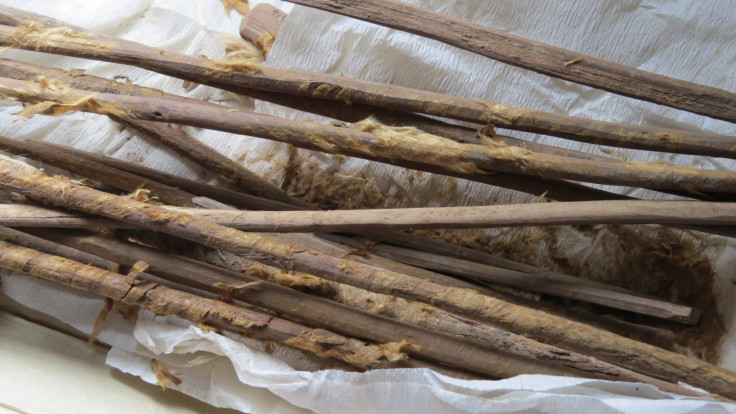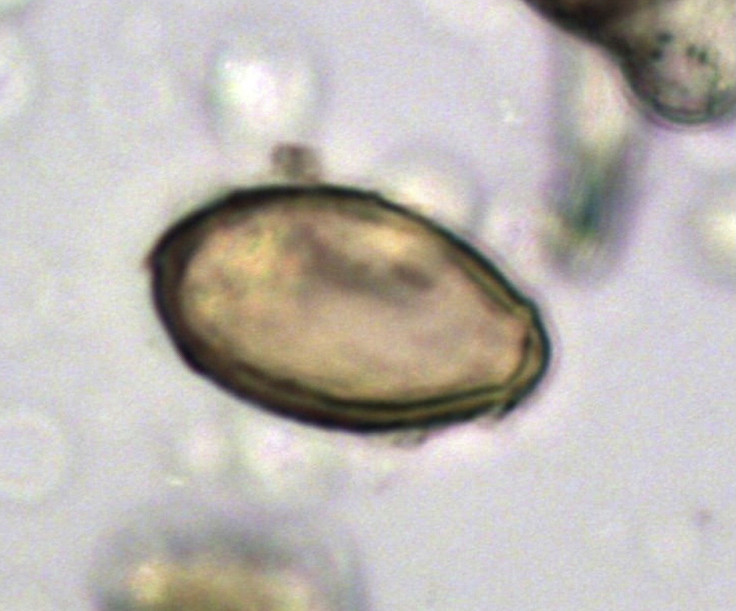Poop found in 2,000-year-old toilet reveals how disease spread along Silk Road
Archaeologists find traveller carried parasitic flatworm Chinese liver fluke 1,500km.

Analysis of ancient faeces has revealed how travellers were responsible for spreading infectious diseases along the Silk Road.
The sample from a 2,000-year-old latrine in north-west China was found to contain eggs from a parasitic worm that originated 1,500km away, showing the person must have carried it away with them, potentially infecting others along the way.
The Silk Road was the world's most important and prominent trading route between 200 BC and 220 AD, during the Han Dynasty. Merchants, explorers and government officials used it to travel between Asia, the Middle East and Europe, selling everything from silk to spices.
Scientists have long thought diseases such as the bubonic plague, leprosy and anthrax could also have been transported by travellers along the route, but evidence of disease transmission has been lacking.
A team of researchers from the UK and China used microscopy to examine faeces that had been preserved on personal hygiene sticks - the toilet paper of ancient times. The sticks had been disposed of in a latrine on the east of the Tamrin Basin that was used between 111BC and 109AD.
Analysis, published in the Journal of Archaeological Science: Reports, showed it contained the eggs of roundworm, whipworm, tapeworm and Chinese liver fluke. The latter is parasitic flatworm that can cause stomach pain, diarrhoea, jaundice and liver cancer.

Chinese liver flukes need a wet environment to survive. The area where the latrine is located is known for its dry conditions – it is where the Taklamakan Desert lies – so could not have originated from this area.
Instead, the researchers found the closest place where Chinese liver fluke is endemic is Dunhuang, which is 1,500km from where the ancient toilet was found. Scientists believe an infected person must have travelled this long distance for the parasite to end up where it did. They said this is the first evidence of long distance travel with an infectious disease along the Silk Road, and shows diseases were being moved around by people.

Study author Hui-Yuan Yeh said: "When I first saw the Chinese liver fluke egg down the microscope I knew that we had made a momentous discovery. Our study is the first to use archaeological evidence from a site on the Silk Road to demonstrate that travellers were taking infectious diseases with them over these huge distances."
Study leader Piers Mitchell added: "Until now there has been no proof that the Silk Road was responsible for the spread of infectious diseases. They could instead have spread between China and Europe via India to the south, or via Mongolia and Russia to the north. This proves for the first time that travellers along the Silk Road really were responsible for the spread of infectious disease along this route in the past."
© Copyright IBTimes 2025. All rights reserved.






















